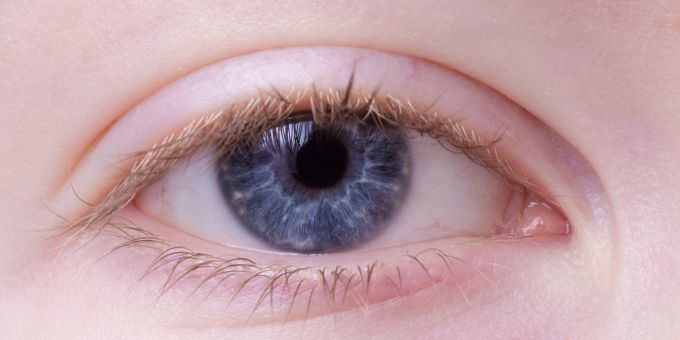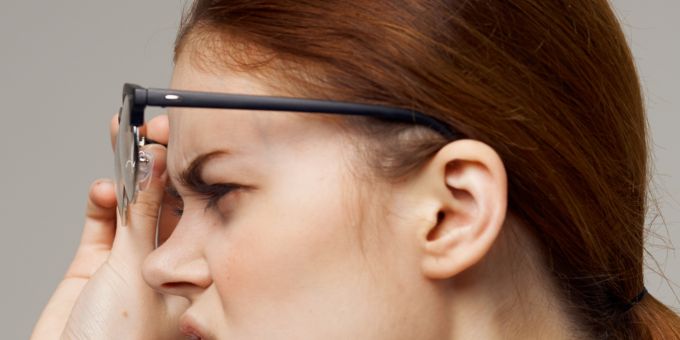Presbyopia, sometimes referred to as tired eyes, is a common age-related condition that affects the ability to focus on objects at close distances. and the ability to maintain a clear image of an approaching object. It commonly affects people over the age of 40, and is related to the natural lens losing it’s flexibility as we age, making it difficult to focus on objects from near to far.

However, the condition does progress with ageing, with the need for reading glasses developing over time. Glasses or contact lenses effectively manage the condition, allowing the focusing on the objects close up.

Presbyopia can’t be prevented, as it is a condition associated with the ageing process. Even so, it is important to have your eyes tested regularly, especially after the age of 40, to detect any age related conditions.
Presbyopia is treated by an ophthalmologist or optometrist, who will study the patient’s ability of focusing, measuring the amplitude and the monocular and binocular flexibility. If the ability to focus is unbalanced, exercises that have been proven to work will be recommended. These exercises involve visual therapy at close vision with different strength lenses. Flipper training for short distance focusing or changing focus from long to short distance using the Hart Chart is also used, among other techniques.
Presbyopia can cause the inability to focus up close; it can also cause headaches when reading or looking at screens.

Presbyopia occurs mainly due to a loss of lens elasticity, which is the eyes natural lens for focusing on objects. Over time, the lens loses elasticity and the ability to focus. Other causes of presbyopia include:

There isn’t a permanent treatment for presbyopia, there are however techniques to compensate for loss of focus. The most common one is glasses, and there are different types of lenses according to the issue:
Even so, surgery is quite often used to treat presbyopia. There are different techniques:
Tired eyes should be treated by an ophthalmologist.



